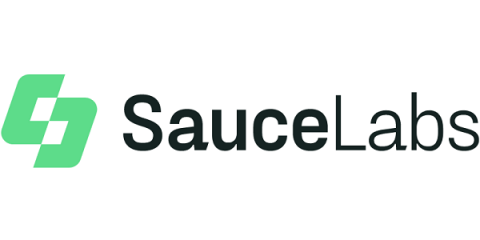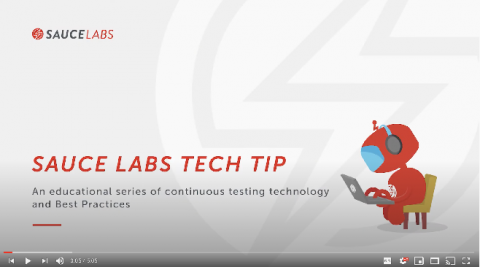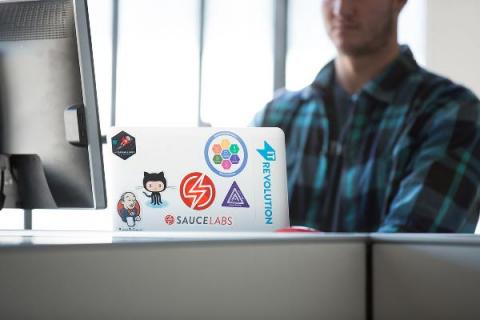CTB Profiles in Excellence: Duo Security at Cisco
Earlier this year, we released the second iteration of the Sauce Labs Continuous Testing Benchmark (CTB). Based on real-customer data from the more than 3 billion tests run on our platform, the CTB enables organizations to see how their continuous testing efforts stack up against critical best practices and how their own programs compare to those of other enterprises.





